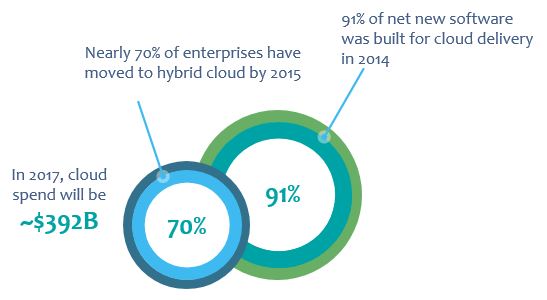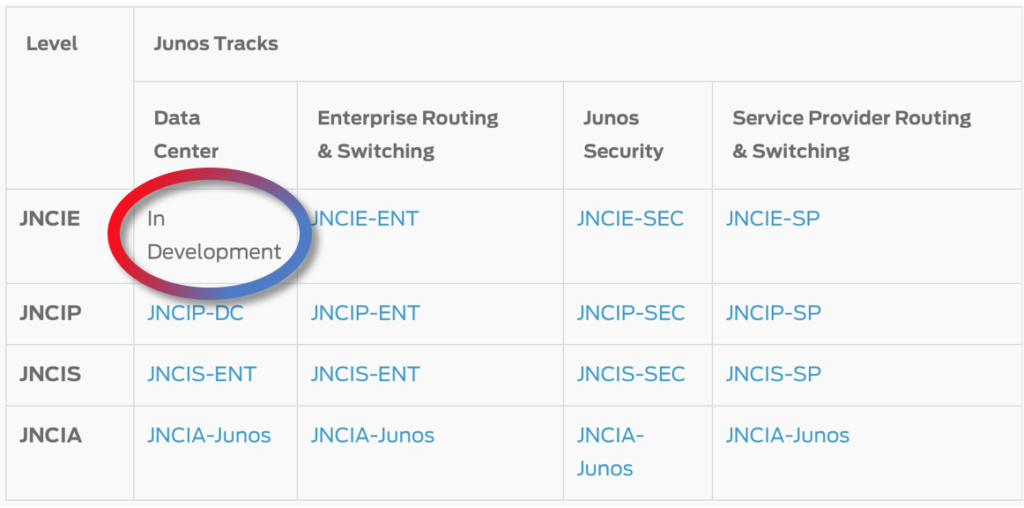I’m not sure what the Data Center of tomorrow will look like, but one thing is for sure, it will most likely look a whole lot different than it does today.
We’ve seen the benefits that server virtualization brings by creating a level of abstraction between the software and the underlying hardware. But in order for the true vision of virtualization to take hold, the physical resources will themselves need to become unhinged from the physical chassis that we think of today when we think of a traditional server – be it a rackmountable server, a blade chassis, or some other type of form factor. We need to stop thinking of resources in the manner we’ve become accustomed – as a physically constrained device with finite boundaries and start thinking beyond – towards pools of resources.
Instead of the form factor of a server which consists of memory and CPU and I/O interfaces for network and storage, all of these components will need be removed and something altogether different will need to take its place. We need to start thinking in terms of blades or insertable modules which consist solely of a given set of resources (memory, compute, storage I/O, etc.). We can start pooling all these resources together to create individual compute farms or memory farms, or farms of any other type of resource with which we want the fluid ability to add capacity on the fly. Additional compute resources could be gained simply by adding another compute module to the compute farm. More memory could be added to the system by simply adding another memory blade to the memory farm. Additional bandwidth could be added to the system by simply adding another blade consisting of high density Ethernet ports to the network farm. Not only will this enable greater agility in our data center, it will also enable each resource to be scaled independently of each other – something that is difficult today given the fixed constraint server architecture where most of these resources currently exist. And yet, even though we are creating individual farms of resources, the virtualization capabilities present in the Data Center of tomorrow will allow the network administrator to pick and choose which subsets of these resources to combine together to present to individual VMs.
Another area where we might see considerable change is to the traditional rack itself. Today the rack doesn’t offer much in the way of intelligence, it’s really just a mechanism we use to organize and situate our resources. Is it possible that the rack itself might evolve to become an underlying fabric which ties together all of these different resource pools and presents them to the resource virtualization layer in a unified fashion? Perhaps the fabric incorporated into the rack will provide the necessary connectivity between all the elements in a fashion similar to what is provided today via a traditional motherboard. Developments by Intel with their Light Peak technology might ultimately provide the high speed connectivity required in such a design. It’s possible that even good old Ethernet might provide that connectivity as we can see is happening with FCoE and Remote Direct Memory Access over Converged Enhanced Ethernet.
And finally, something that might look a whole lot different tomorrow is the physical alignment of that rack – with racks being turned on their sides in a horizontal fashion to assist with cable management and ease of resource access. The cooling of the equipment might be done by liquid rather than traditional air current, as is being developed by companies like Green Revolution Cooling. Their GreenDEF coolant is essentially made from non-toxic mineral oil, and is not electrically conductive like water. Green Revolution Cooling’s promise is that their cooling solutions offers dramatically lower up-front costs for greenfield deployments, lower energy use, and higher performance than that gained with traditional cooling systems, with up to 45% less power and up to 95% less traditional cooling required.
Ultimately, in order for the vision of virtualization to realize it’s true potential, the physical mold we have become accustomed to will have to be broken. Resources will need to be pooled together and this just isn’t effective or scalable within the confines of the traditional server chassis as we know it today. On top of that, green computing and the desire to save money and reduce carbon footprint, coupled with efficiencies that might be gained by changing the alignment of racks and resources are going to result in a Data Center that looks fundamentally different than it does today.


